
Leather is an incredibly versatile material, and most households have at least one leather item in their homes. Whether it is a pair of leather shoes, kids winter shoes or a leather chair, or even a leather jacket, there's usually a leather surface somewhere. Often, after a while, leather gets overlooked. Since it is material with longevity like nothing else, we often outgrow the style or colour of our leather before it has reached the end of it's shelf life. But luckily the best way to combat this by using natural leather dye.
Leather dye is available as a synthetic, manufactured product in most craft stores and online, but you can also make your own natural dyes to help you make your leather goods match your new style and to save excess leather production and waste.
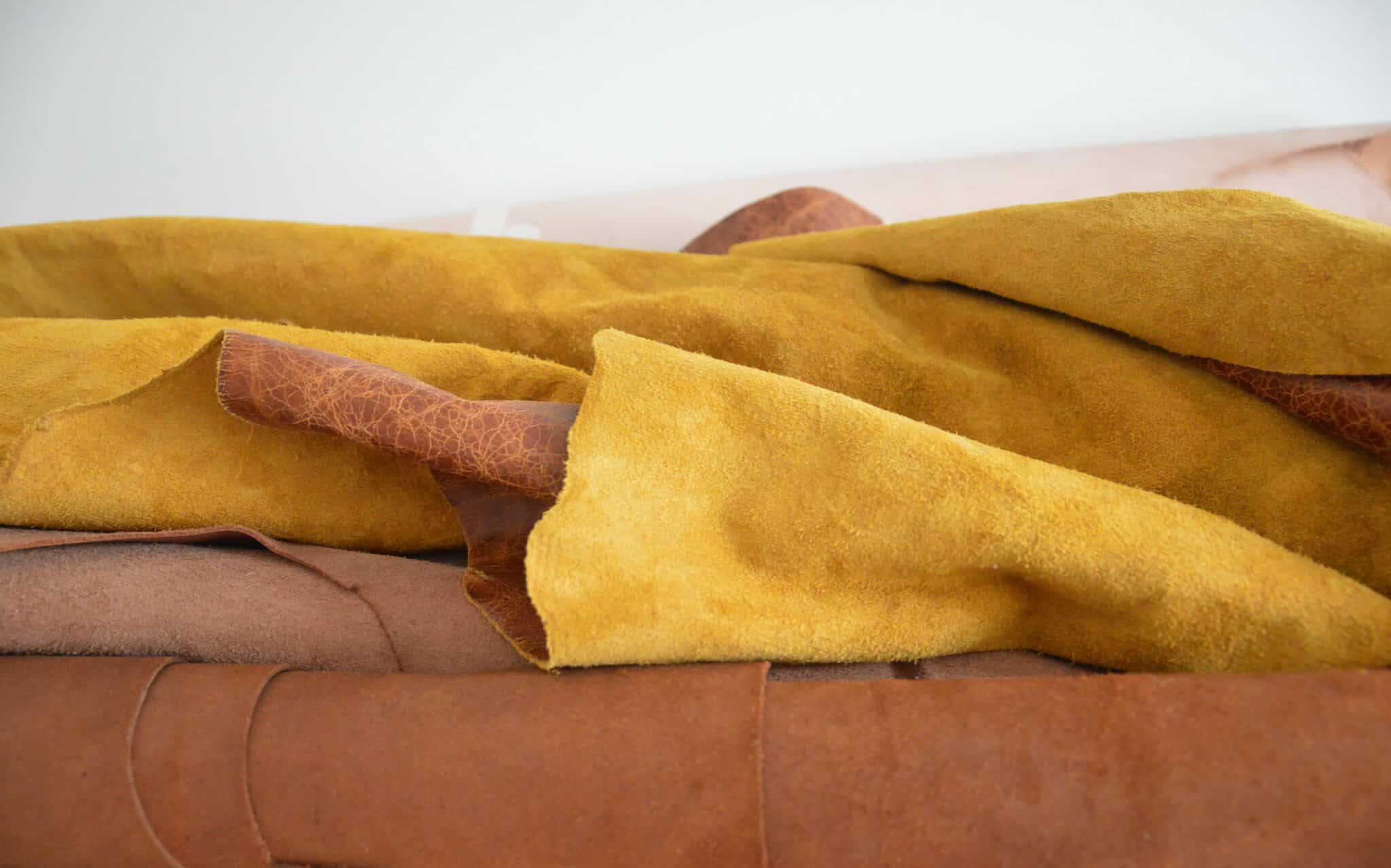
This post contains affiliate links and I may receive a small commission if you visit a link and buy something. Purchasing via an affiliate link doesn’t cost you any extra, and I only recommend products and services I trust. I may have been sent some of the products in this post free of charge or paid to feature them here. Thank you for supporting this blog.
Why use a natural method of dyeing leather?
If there are mass produced leather dyes available, why should you opt for natural leather dye? Well, there are a few reasons:
- Natural, homemade leather dye is more environmentally friendly
- Homemade dye is less toxic
- Making your own dye is cheaper
- It is likely that you already have the products needed to make a natural dye for leather
What can you use to dye leather naturally?
Since leather has been around for a long, long time, it should not surprise you that we have also been dyeing leather for that long too. For as long as we've had leather, we've had different methods of trying to colour it. Here are some of the best methods of dyeing leather material naturally. Results will vary according to your method and the type of leather that you are dyeing so if you are dying something special it is a good idea to practice on a small area first.
Acorns
Acorns contain a chemical called tannins. These tannins, when mixed with an acidic iron-salt combination, produce a deep black dye. This can be used to darken leather, bringing either a black or dark brown dye color to your leather depending on what colour you start with.
How to dye leather fabric using acorns
Dyeing leather with acorns is relatively simple and one of the easiest water-based dyes. You will need:
- 15 acorns
- water
- lemon juice
- rust powder
To dye leather, simply:
- Crush your 15 acorns into a powder and mix with just enough water to submerge your leather. Place your leather in the dye and leave to soak overnight.
- In the meantime, mix the lemon juice and rust powder together. After leaving the leather to soak, remove it from the leather dye and place it in the second solution.
- Leave this to soak overnight again. During this leather dyeing process, the acorns will chemically react with the iron-salt mix, allowing the leather to absorb the colour of the black dye.
- Shake off any excess dye and allow the leather to dry. You might find that the colour changes slightly through the drying process.
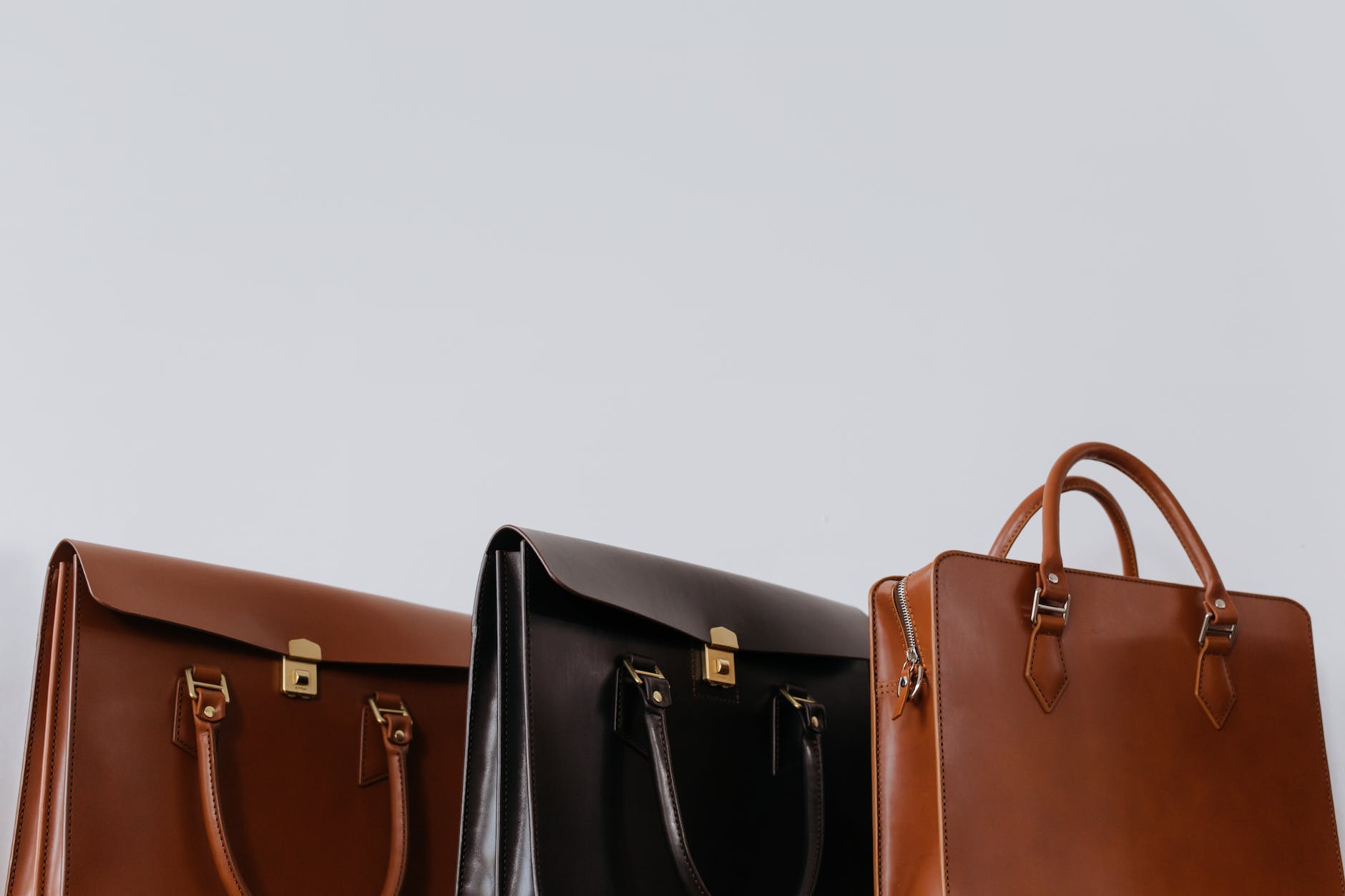
Berries and grapes
Berries and grapes have been used to colour and dye leather for a long time, and they're also used in other dyeing projects. They're full of colourful pigments, so it only makes sense! To use crushed berries and grapes for your leather dyes, you will need:
- Berries or grapes (elderberries and blackberries work best)
- Hot water
Perhaps one of the simplest natural methods of dyeing leather, to use berries and grapes you should:
- Crush berries and/or grapes into a container
- Add enough water to submerge leather into dye
- Place your leather into the dye and leave to soak overnight
- When soaked, pull the leather out and wipe off any excess water
Henna
Henna is a natural dye that is used around the world for many things. It can be used to get high-quality dyed leather, as well as for temporary tattoos, and cosmetic purposes and is often used in traditions in Asia. It is a paste that comes from the leaves and shoots of the Lawsonia Inermis plant, and to use it to dye leather, you can just add henna powder or paste to a dye bath and soak your leather in the bath overnight. You can also use the paste and rub it into the leather in a circular motion for more control over the dye. This works especially well on top grain leather, but any kind of leather should work.
Vinegar and steel wool
This is a method from the USA, and it is often referred to as vinegaroon. The method relies on the chemical reaction between the steel and the vinegar in order to create a dye that can be used on leather among other things. You will need:
- steel wool
- white vinegar
- water
- two sealable jars
To dye leather with this process, you should:
- Place the steel in one jar with water and seal it. Leave the jar for a few days or weeks and allow the steel to go rusty.
- After the wool has rusted sufficiently, place it in the other sealable jars and pour boiling vinegar over it. Seal and leave for a few days.
- Dip your leather in the solution for up to 5 minutes to dye.

Coffee
Coffee is one of the most popular ways to dye leather at home, and is used by leather crafters all over the world. It creates a very nice brown colour on the dyed leather, and most people have coffee around the house. The only downside with coffee dye is that it really dries out the leather items it is used on. It is essential that you have mink oil or neatsfoot oil nearby to use as a leather conditioner after the dyeing process is done.
You will need:
- dark roast coffee
- rubbing alcohol
- iron (optional)
To dye with coffee:
- Brew your dark roast coffee and add iron for a darker colour.
- Leave the brew to cool and add in a splash of rubbing alcohol
- Use the coffee, iron and alcohol mix as a dye bath for your leather
- When dyed, buff away any excess and condition immediately
Can you use natural methods of dyeing leather on any leather?
Whilst most of the natural methods of dyeing leather will work on the majority of leather, vegetable-tanned leather will take the dye the best. Veg-tanned leather is completely untreated, and therefore it is easier for the dye to adhere to.
Before dyeing your leather, you should also ensure that you have cleaned the surface with a clean cloth, rubbing alcohol or soap and water, this is especially important if the leather has been treated with oil-based dyes before. Leave the leather to dry completely before beginning the dye application. You might also need to fill any cracks in the leather to ensure that you get an even coat and that the desired colour takes on your leather, maybe even doing a second coat of dye if necessary.
It is also worth checking finished leather for manufactured coatings. These will need to be removed prior to dyeing.
Finally, before you start make sure that you cover your work area and wear gloves and an apron to ensure that no dye gets onto anything that you don't want it to.
If you found this post about natural leather dye useful, share it with your friends and Pin it for later.
You might also like these posts...














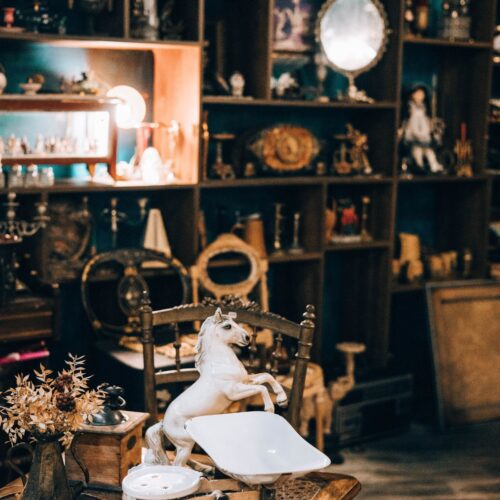



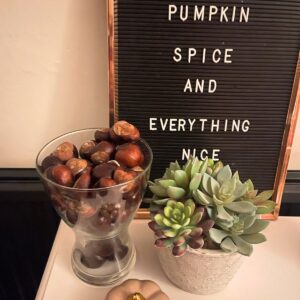

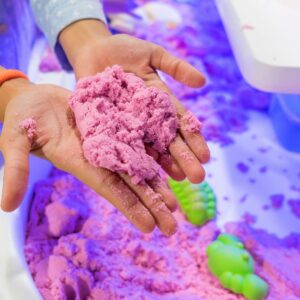


Leave a Reply